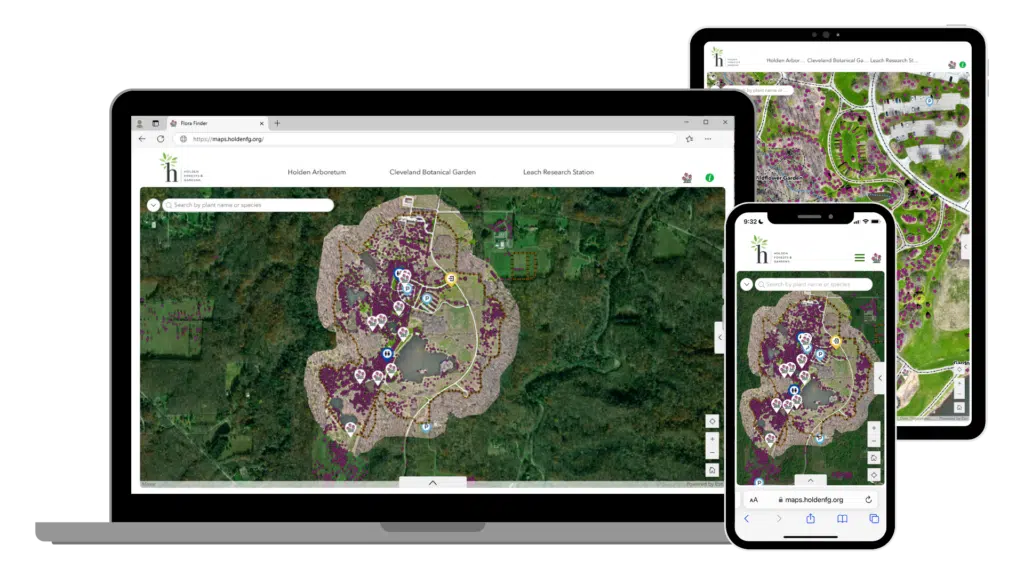Our Living Collection
Curious about our plants? It’s only natural.
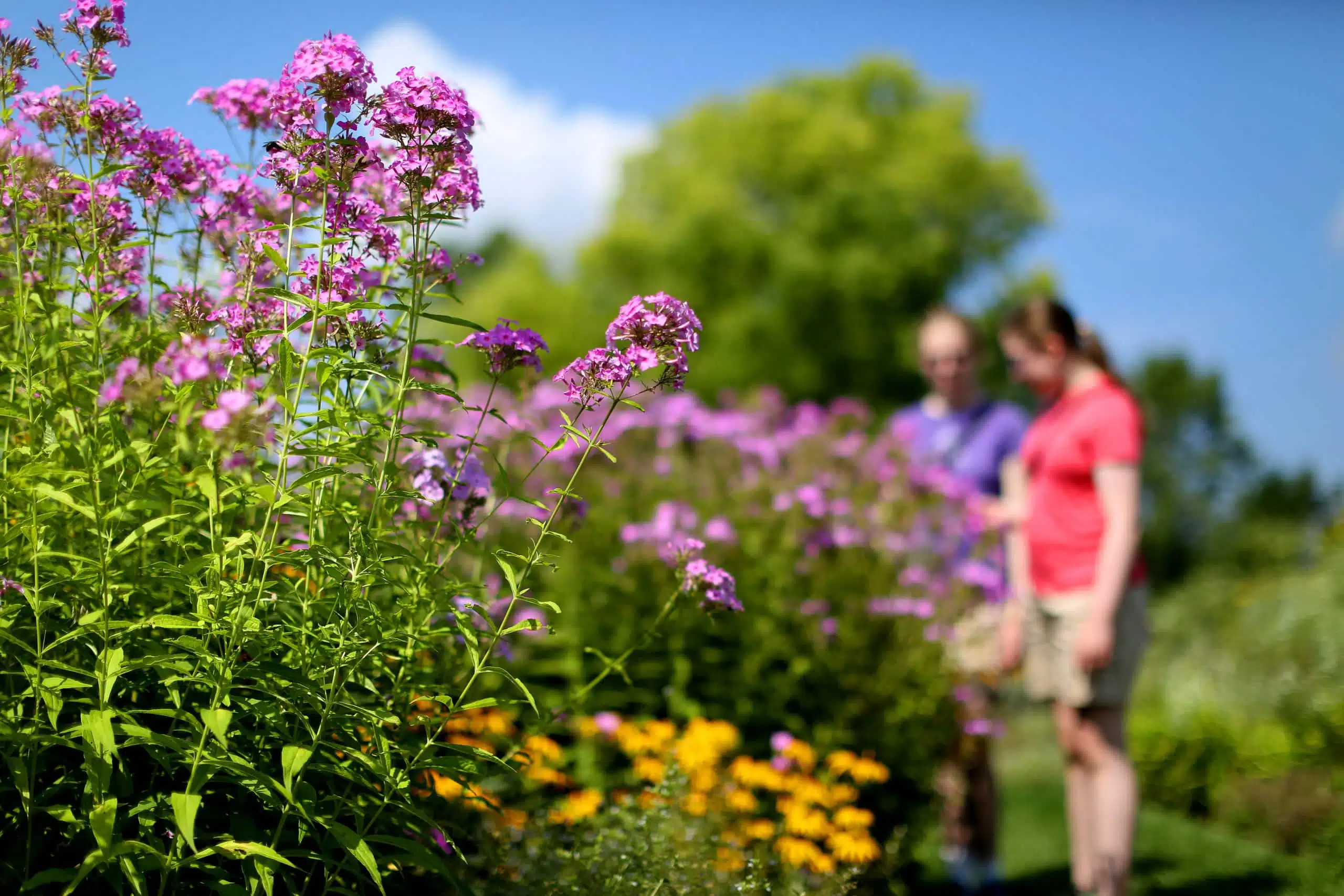
Our collections feature over 20,000 plants and plant groupings.
In horticulture, a living collection refers to a curated group of plants maintained for specific purposes, including research, conservation, education, or aesthetic display. These collections are often found in botanical gardens, arboreta, and other horticultural institutions. We like to think of our grounds as a living museum!
Beyond their astounding beauty, they help to serve these important functions:
Conservation
Biological diversity of the plant kingdom directly impacts all of Earth’s living things—especially humans’ quality of life.
Research
Plant communities face challenges, like extinction and degradation, that can be addressed through research. Our findings are integral to the health of our ecosystem and the world at large.
Enjoyment
We take pride in connecting people with the wonder, beauty, and value of trees and plants. We display sustainable plants for northeast Ohio landscapes, and inspire action for healthy communities.
NEW!
Explore our Living Collection using our new web application, Flora Finder.
Featured Collections
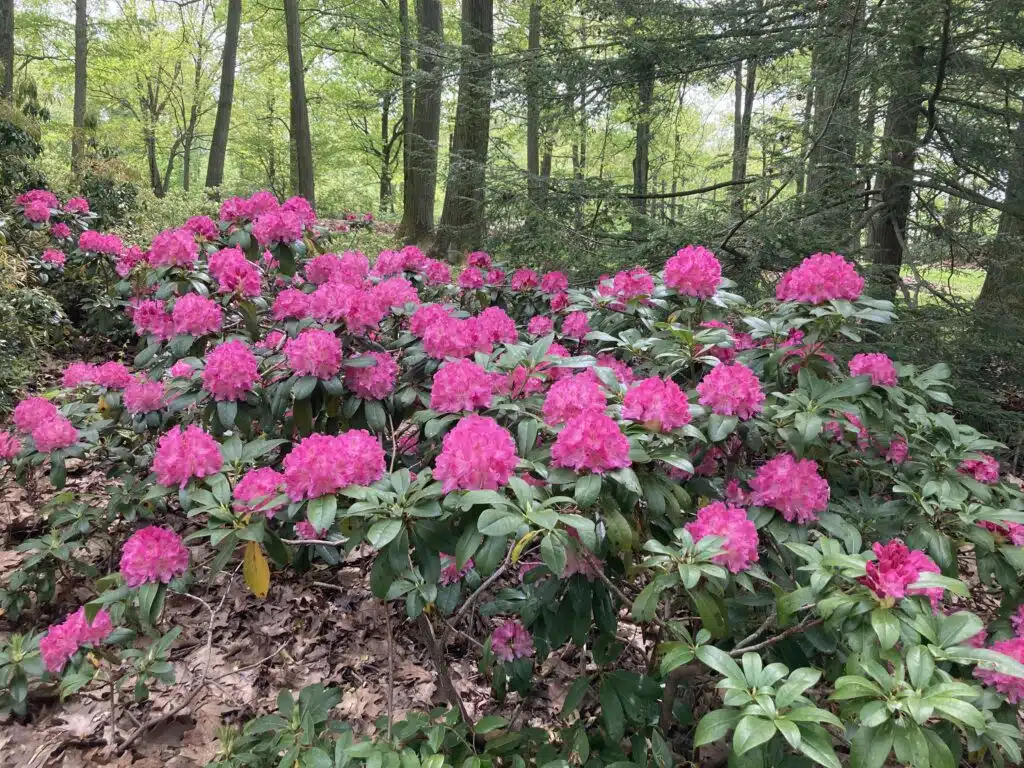
Rhododendron
A great diversity of flowering shrubs, some fragrant, many with attractive foliage from evergreen to deciduous.
Where to find
Holden Arboretum
Layer Rhododendron Garden, Rhododendron Discovery Garden, Blueberry Pond
Cleveland Botanical Garden
Japanese Garden, Inspiration Gardens, White Oak Walk, Woodland Garden and more.

Quercus (oak)
Many oaks grow well in Northeast Ohio, supporting a great diversity of insects, birds, mammals, and fungi. They’re a centrally sustaining force in our forests, and in urban areas.
Where to find
Holden Arboretum
Bottonbush Bog, Norweb Tree Allee, Beach Knoll, Rhodendron Discovery Garden, Strong Acres, Corning Lake, Wildflower Garden and more.
Cleveland Botanical Garden
Japanese Garden, Woodland Garden, Waterfall Garden, Sunken Garden, Hershey Children’s Garden, White Oak Walk, Hosta Hill, Inspiration Gardens, and more.
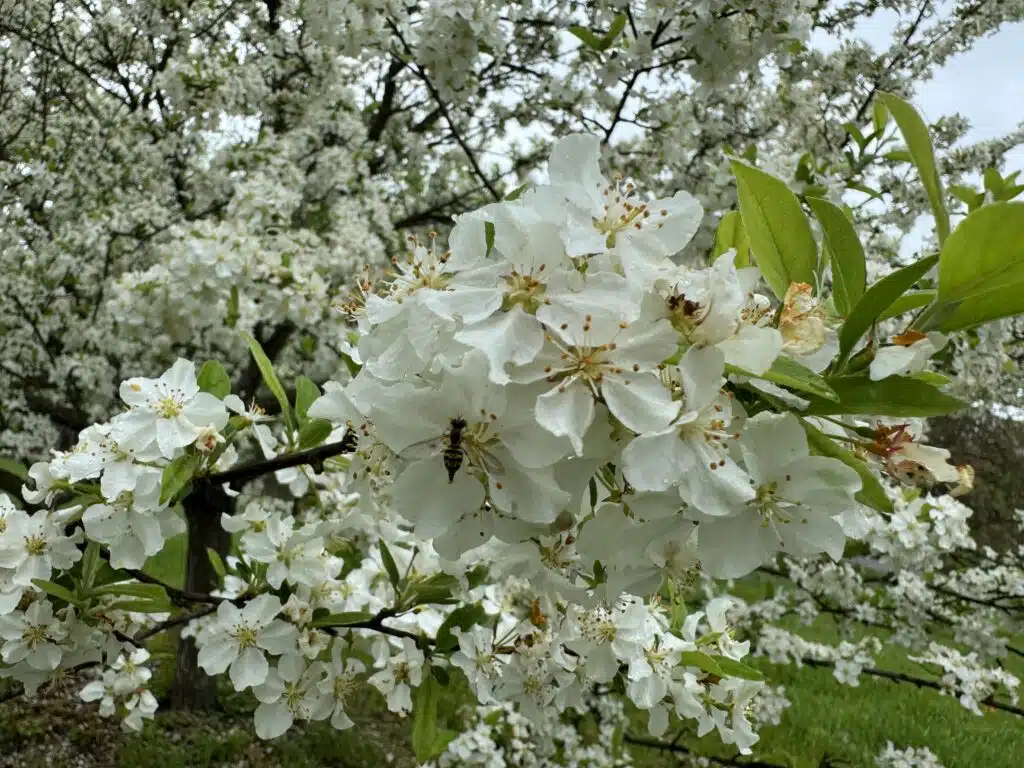
Malus (crabapple)
When in bloom, these showy, small trees are appropriate for urban and suburban landscapes, with great value to wildlife.
Where to find
Holden Arboretum
Crabapple Collection north of Visitor Center
Cleveland Botanical Garden
Inspiration Gardens, Hershey Children’s Garden, Restorative Garden
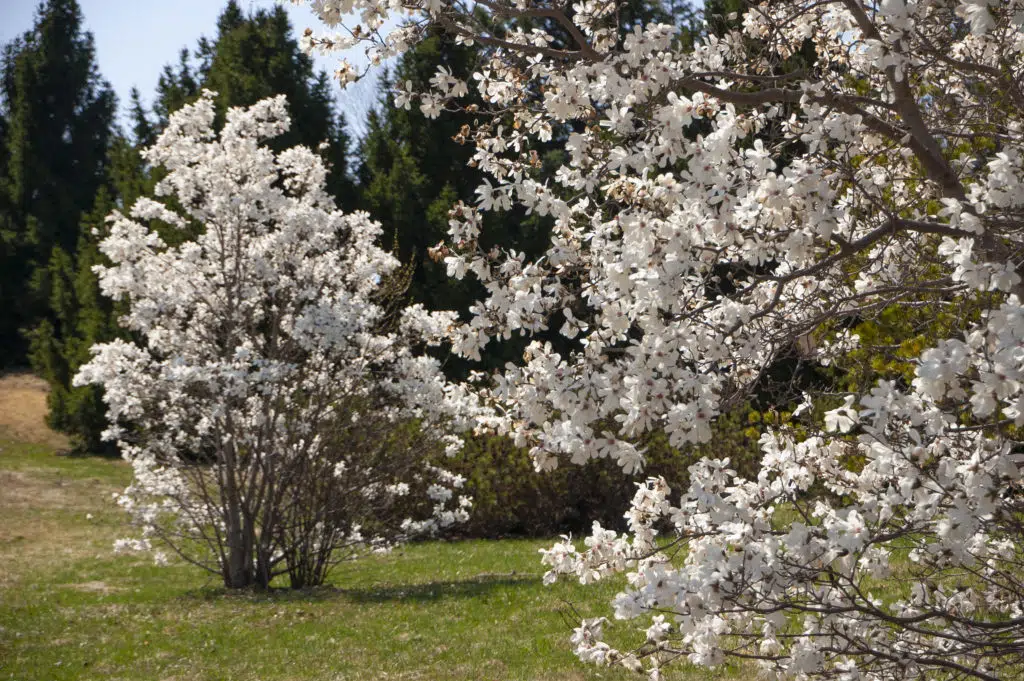
Magnolia
Magnolias display some of the largest flowers and foliage of all our trees, and are magnificent for Northeast Ohio landscapes.
Where to find
Holden Arboretum
Sherwin Pond, Display Garden, Rhododendron Discovery Garden, Blueberry Pond and more.
Cleveland Botanical Garden
Inspiration Gardens, Restorative Garden, Sunken Garden
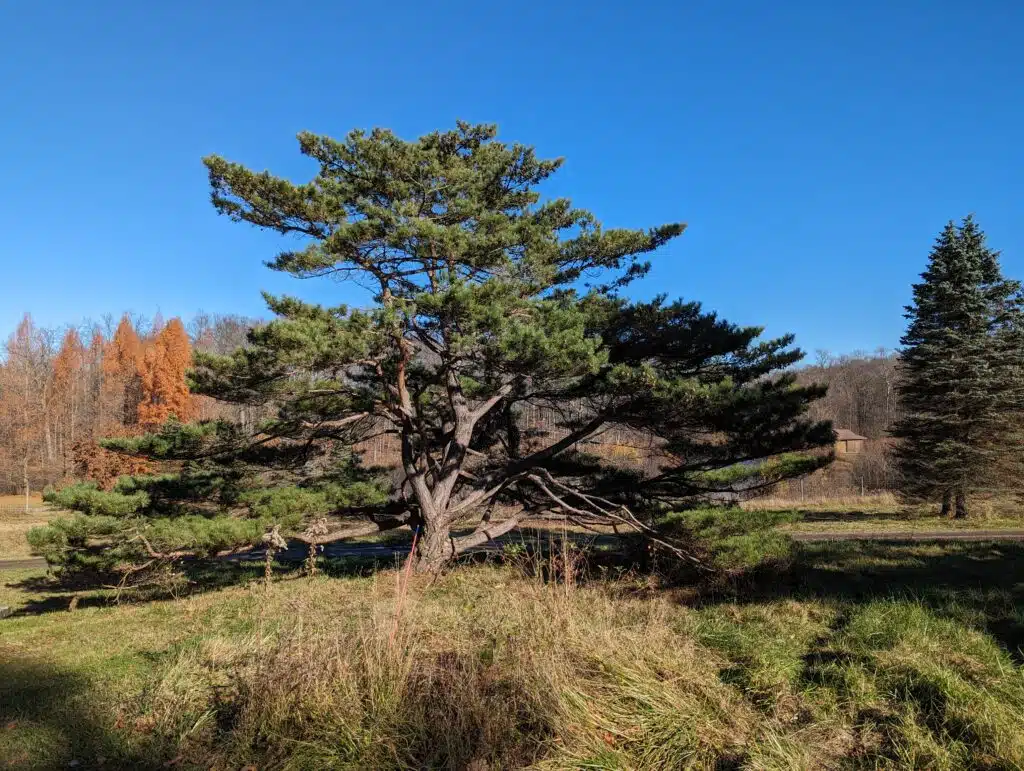
Conifers
Conifers are useful as specimens, screening, and backdrops for plants with showy fall foliage. They work well with early spring flowers like magnolias.
Where to find
Holden Arboretum
Conifer Loop Trail, Conifer Collection, Layer Rhododendron Garden, Wildflower Garden and more.
Cleveland Botanical Garden
Inspiration Gardens, Topiary Garden, Japanese Garden, Waterfall Garden and more.
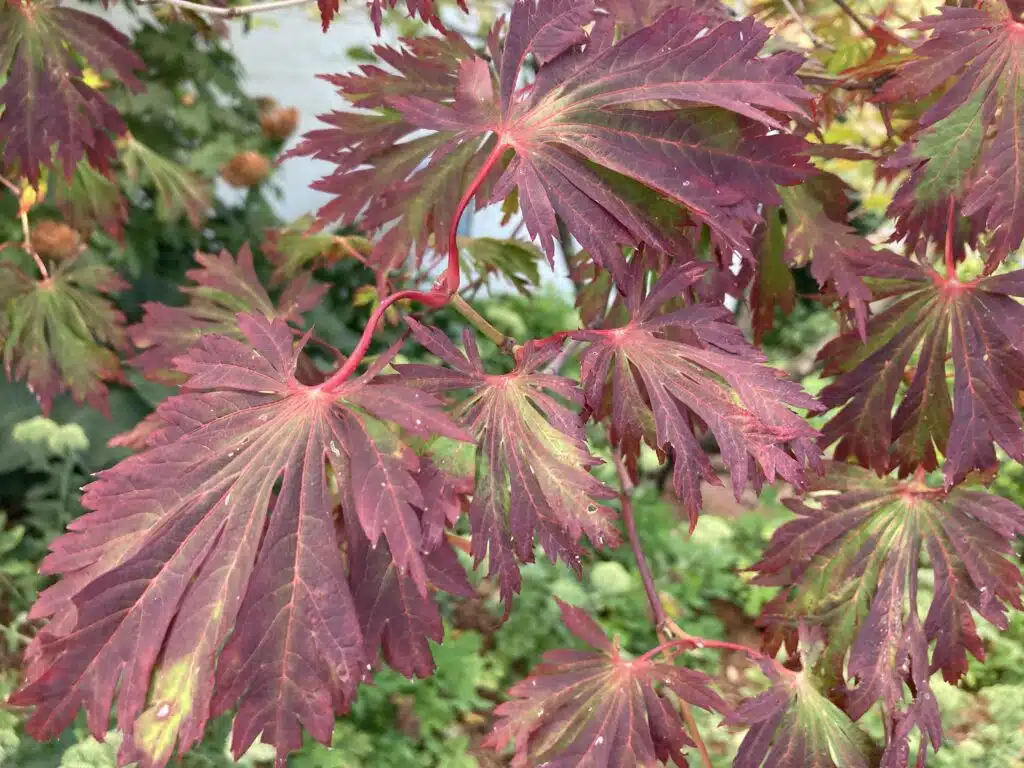
Acer (maple)
These trees provide fabulous foliage, especially in fall. Many maples are important to early spring pollinators, and adaptable to urban and suburban areas.
Where to find
Holden Arboretum
Display Garden, Wildflower Garden, Layer Rhododendron Garden, Blueberry Pond, Rhododendron Discovery Garden and more.
Cleveland Botanical Garden
Inspiration Gardens, Waterfall Garden, Japanese Garden, Woodland Garden and more.
Learn About Our Gardens
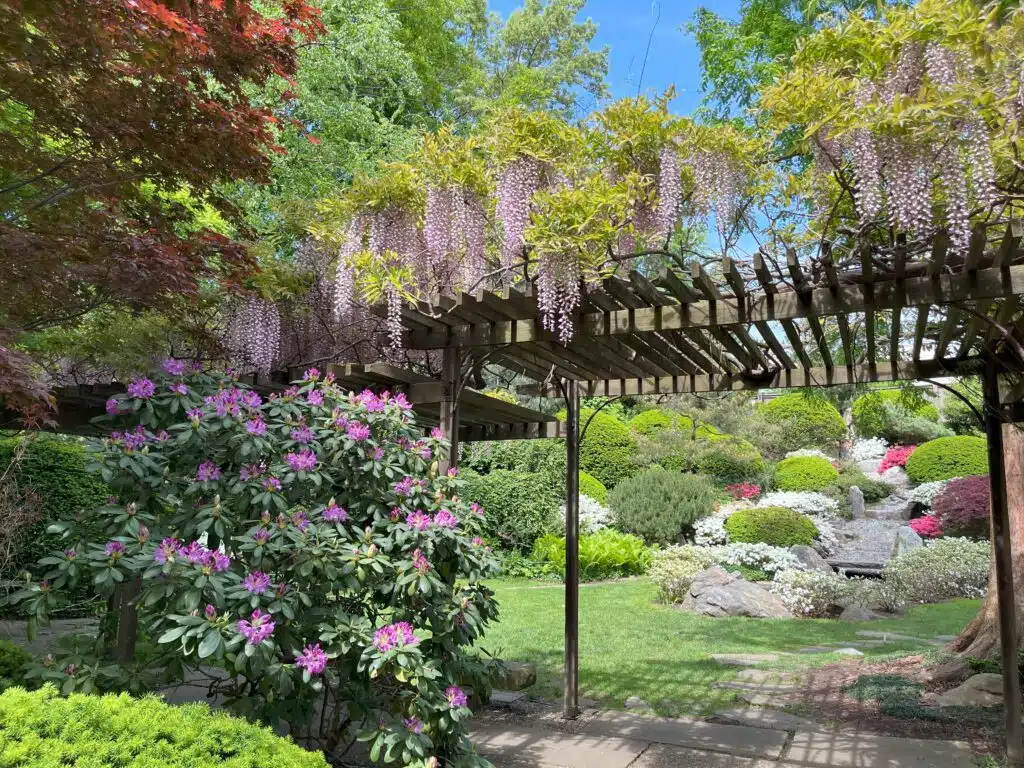
Cleveland Botanical Garden
An urban oasis, located in the heart of University Circle. Manicured gardens and curated glasshouses offer inspiration for your own gardens!
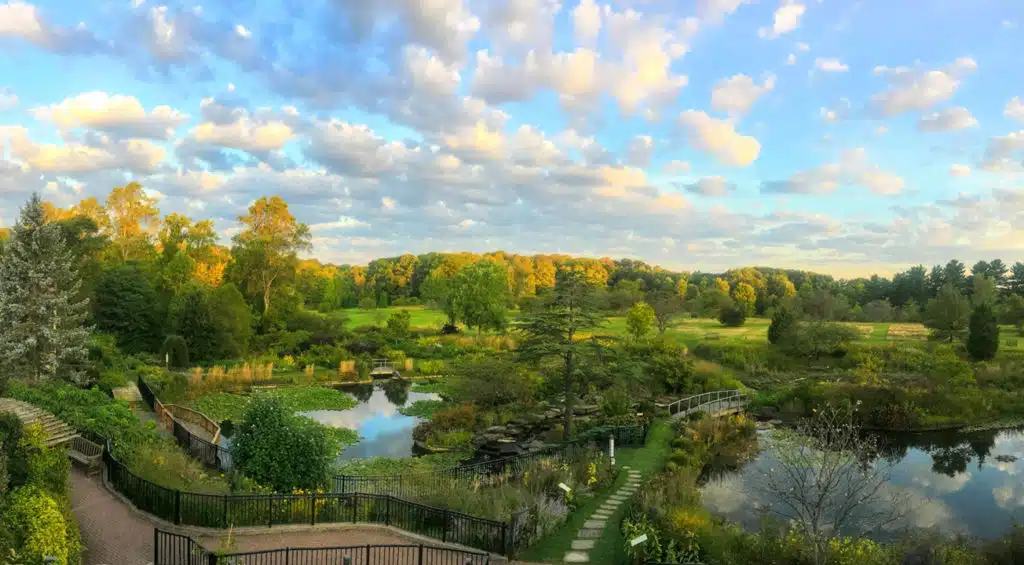
Holden Arboretum
Spanning over 3,600 acres, the Holden Arboretum is a nature lover’s dream. With gardens, trails, lakes and meadows, there is always something new to explore.
